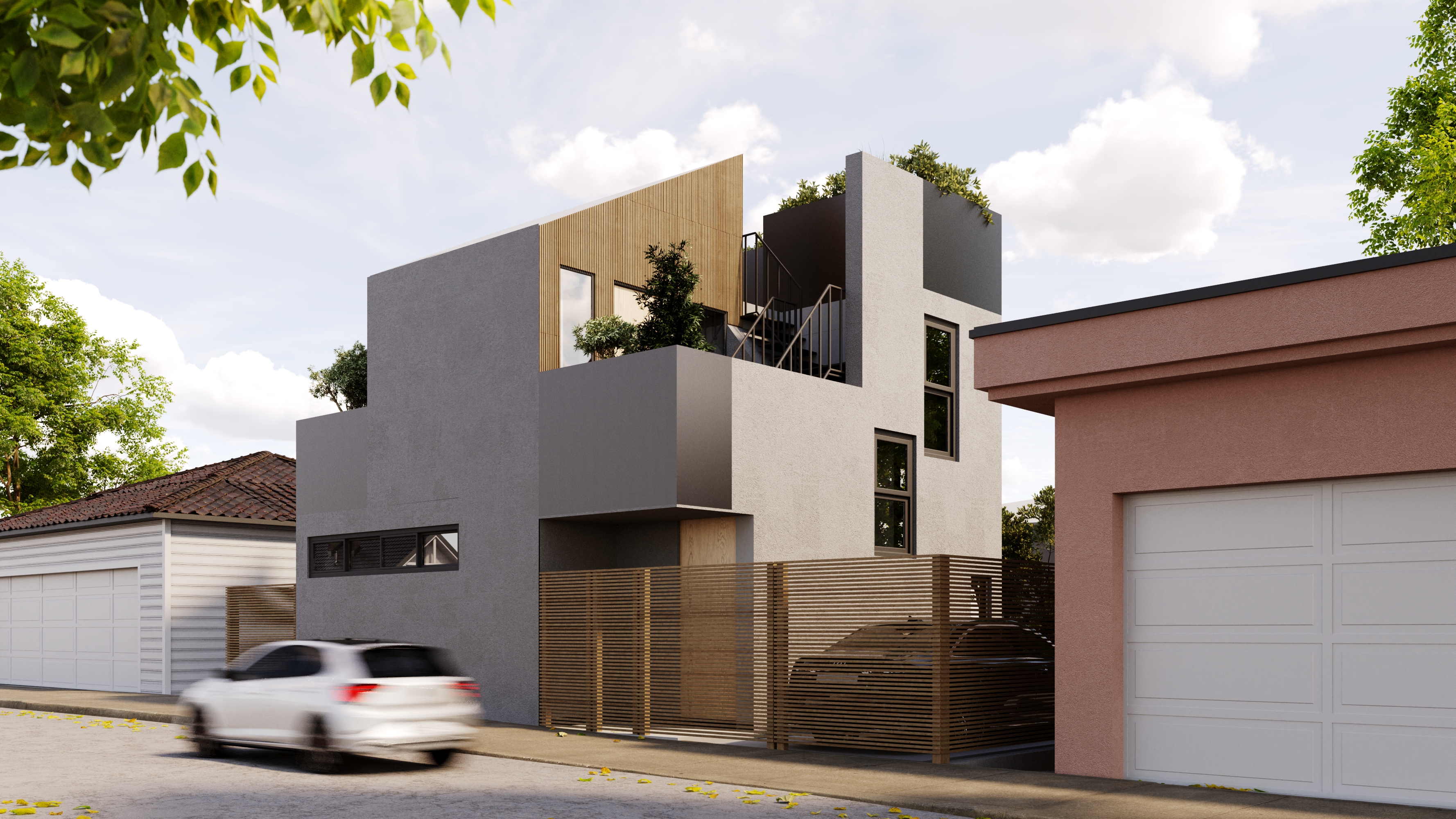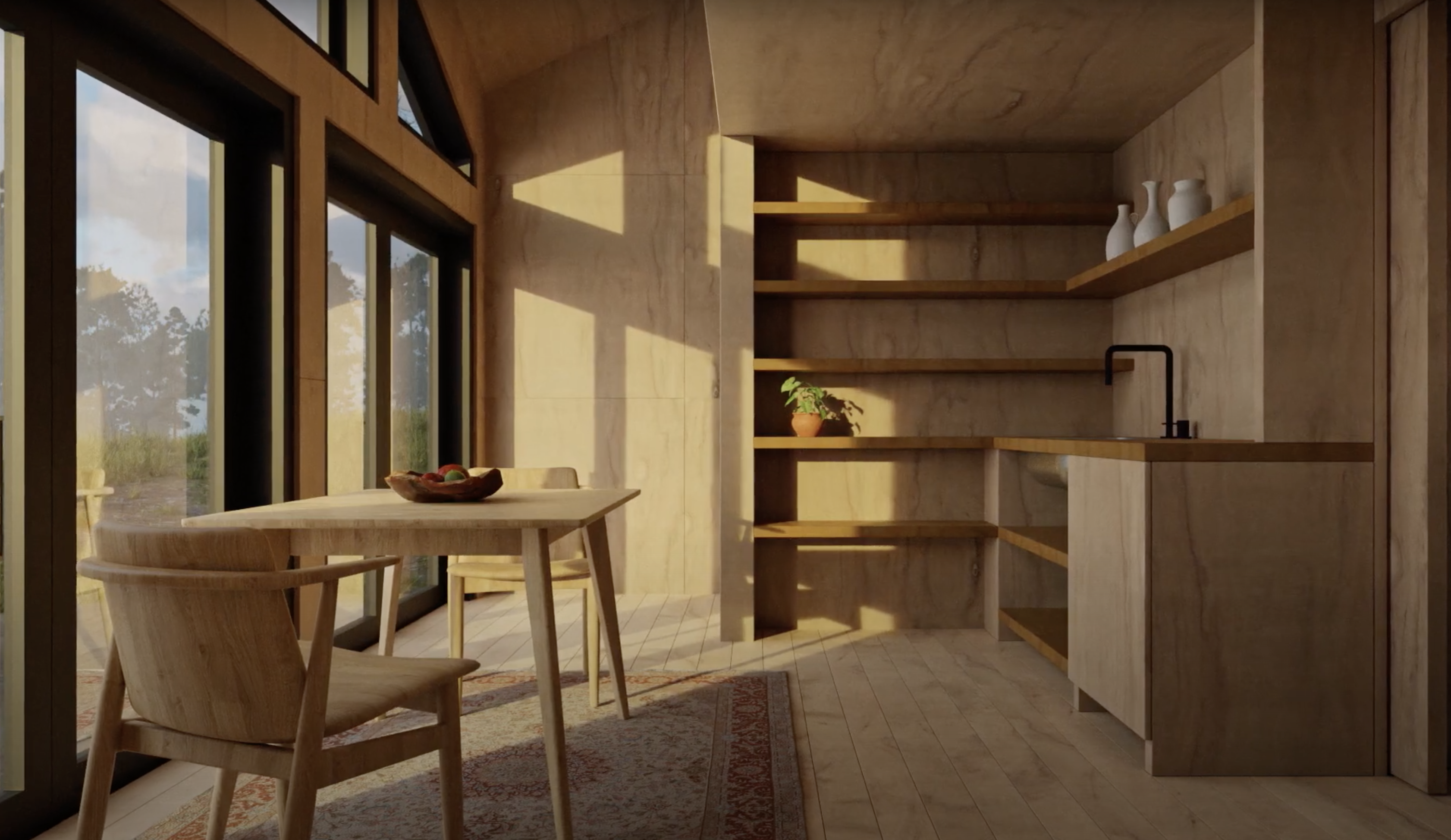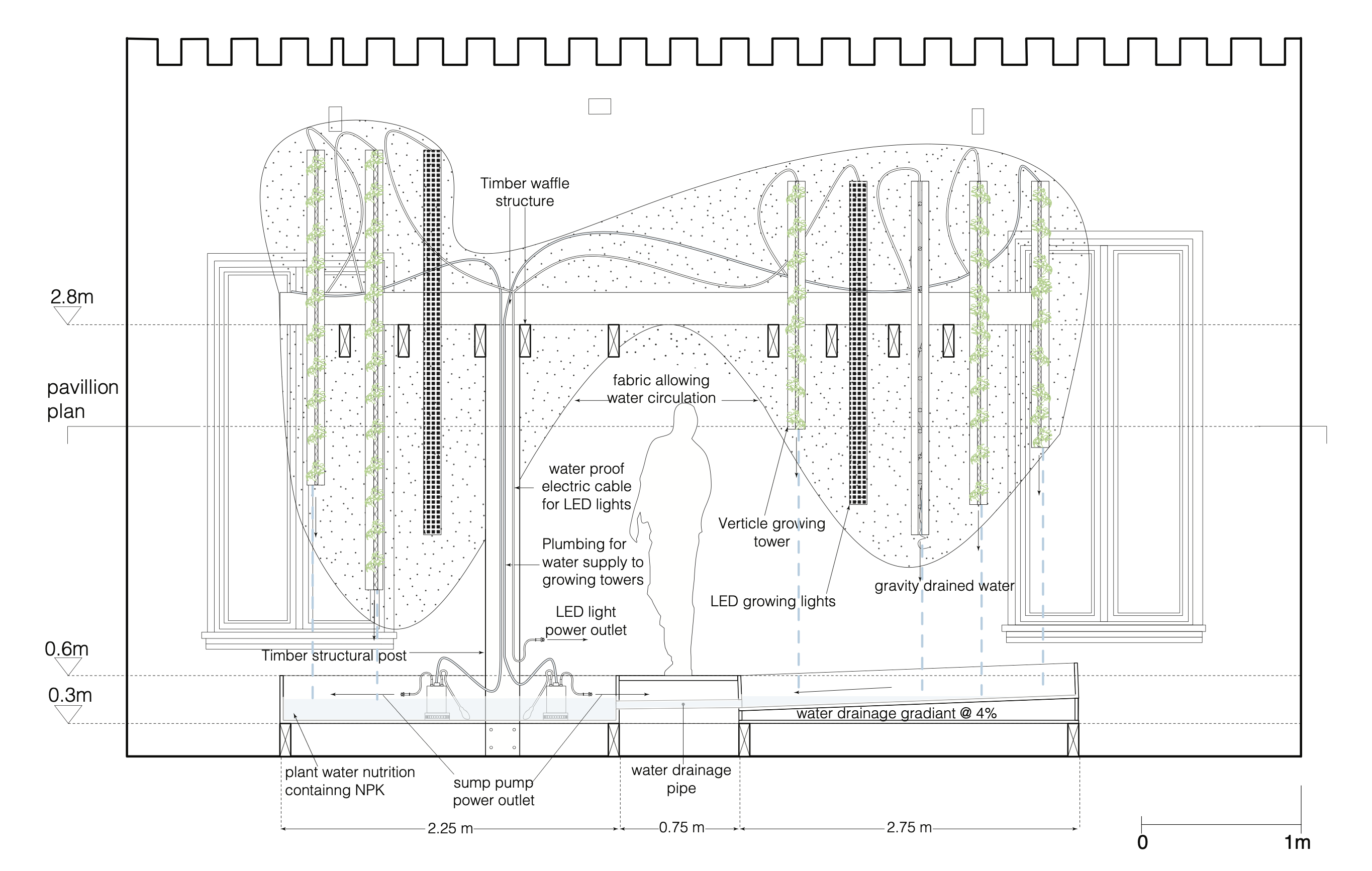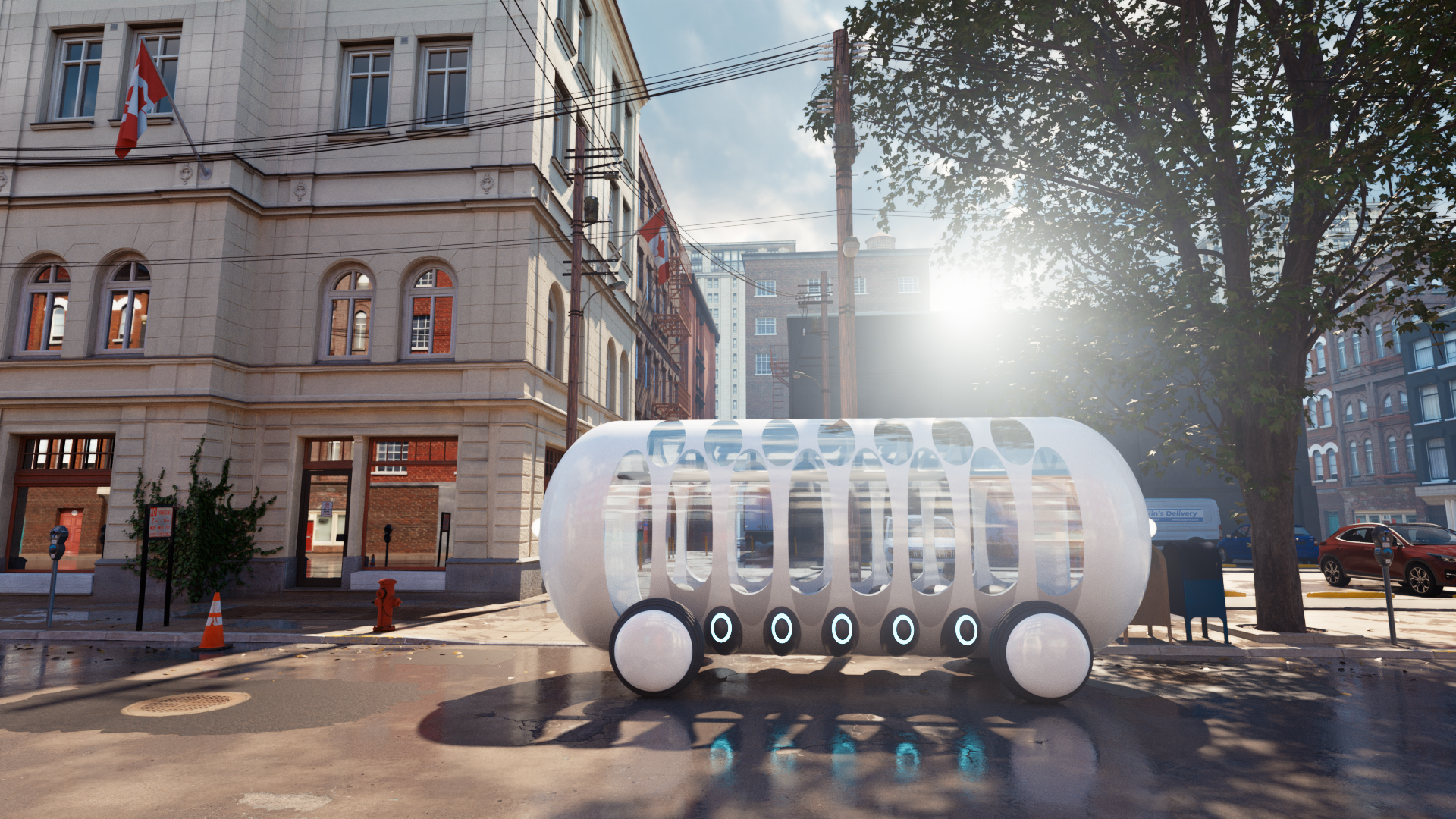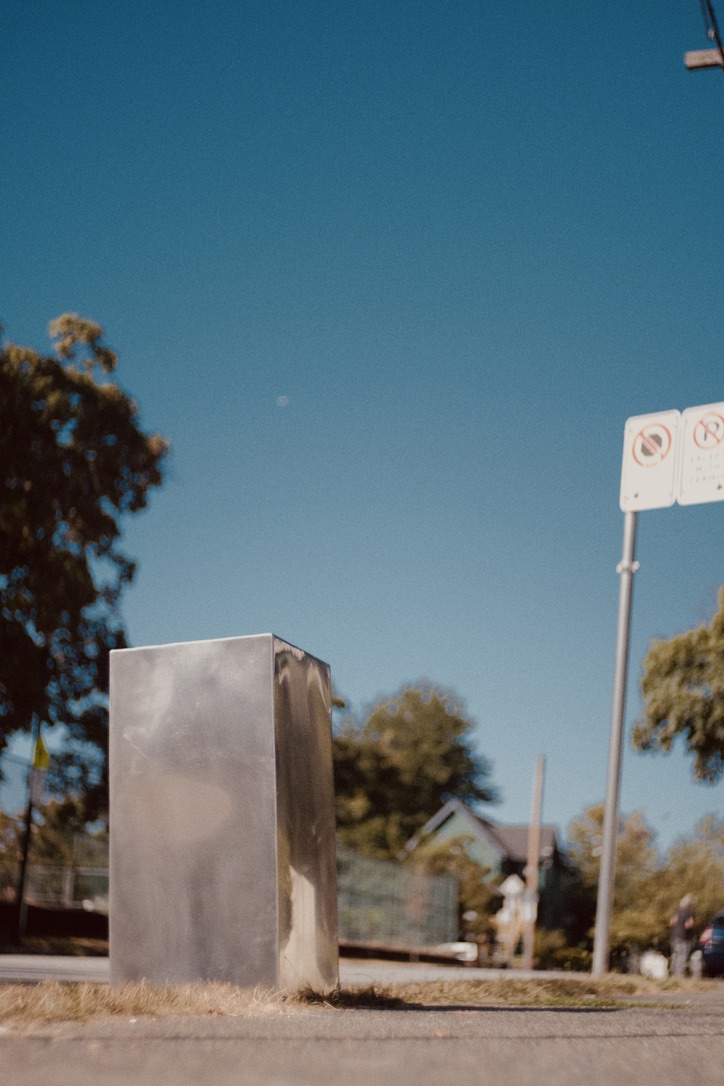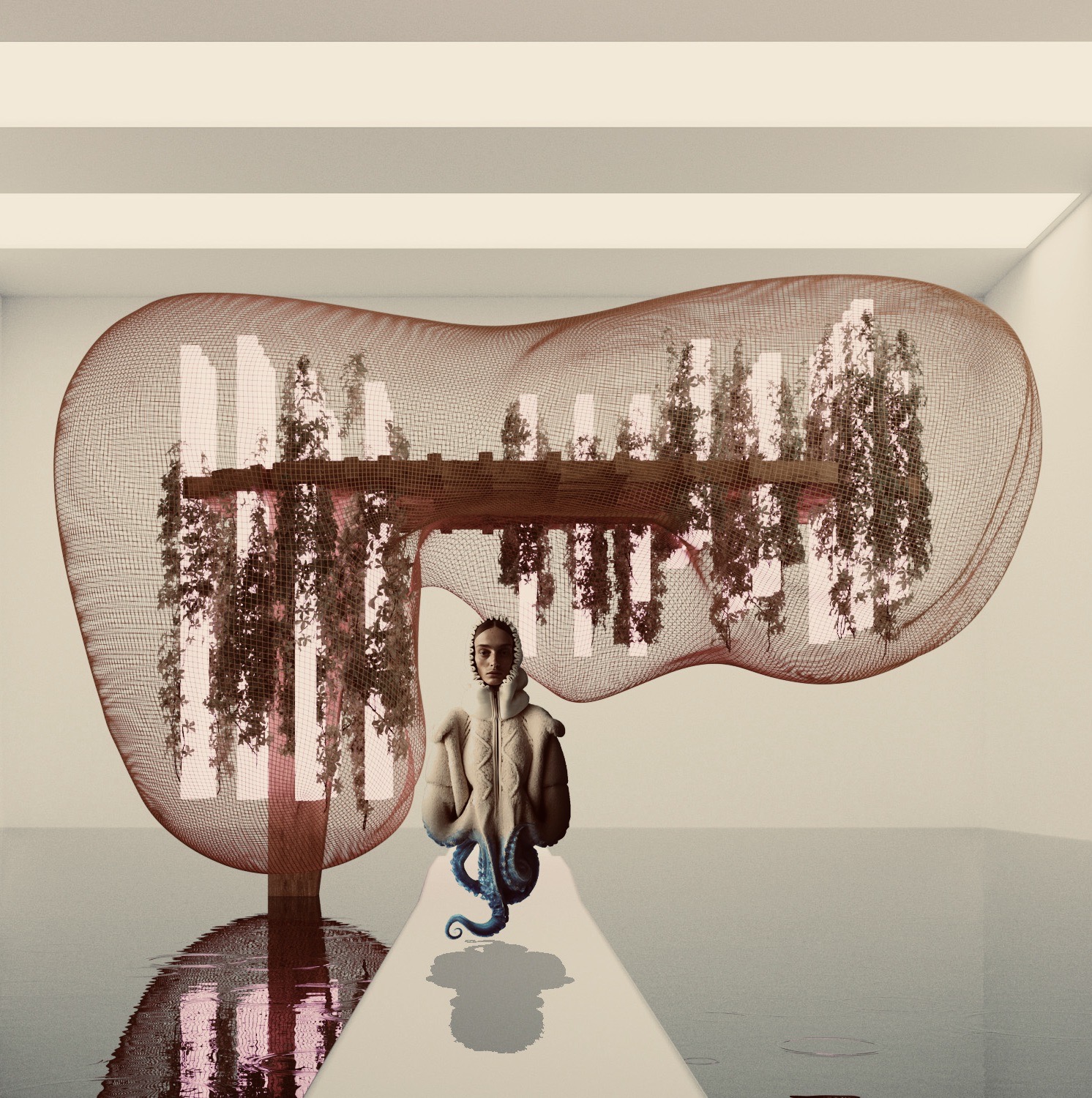
The story of the Epidermis : Venice Biennale 2023
Abstract. As our universal need to access food gets threatened, we find ourselves in a position of contemplating on our consumptions and sustaining systems and materials. How did we get here and how do we move forward from here? Our current methods of material understanding in the built environment which prioritize extractive systems, heavy machinery, force and attempts of natural domination, stand in stark contrast to indigenous ecological approaches. This proposal seeks to spark a conversation on the ways in which the tools and thoughts in architecture and landscape architecture support the shift towards life sustaining systems, materials and relations.
The Earth is now the client! Within the confines of this exhibition, our goal is to actualize an object that will explore these relationships. A material exploration that takes advantage of the tension of materials from the designers unique backgrounds. Localized materials that promote passive methods of existence rather than motorized/artificial gestures. In this quest, our challenge is to design an “object” that hosts the task of sustaining food production. Inspired by the mundane, yet sacred ritual of sharing food, participants are invited to share in a moment to engage with a variety of artifacts and stories. Using a combination of different mediums and materials into fractal patterns to create an immersive experience; this infrastructure would be our Trojan horse in sustaining further social interactions and discourses.
As we find ourselves at a uniquely challenging time marked by environmental, social, economic and cultural tensions, how do we as Africans use this time of reflection and projection as an opportunity to recenter? The union of the two designers, an architect and a landscape architect questions the segmenting of the architectural industry given that architectural products are inherently part of our collective landscape and environment.
Are we machines of extinction? Is a re-arrangement of systems that will culminate in a pavilion, inspired by the imminent long term issue of food insecurity and executed with simple design. By re-framing the core issue as not only a human crisis, but recognizing how interconnected humans are to nature. A selection of Illustrative examples have been presented in an effort to unpack issues presented in our abstract. There has been a considerable amount of thinking and resources dedicated to the city and other urban conditions with the understanding that 68% of the world population will live in urban areas by 2050 (1). Is this where part of our disconnect with nature come from? This pavilion takes a step into understanding possible relationships between the urbanized and non-urbanized part of the world, given that cities only make up 2% of the worlds surface (2).
The pavilion is composed of three parts : Structure, Farm and our focus the Epidermis. Utilizing existing hydroponic technology, the farm system is supported off the ground and encapsulated by a fabric referred to as the Epidermis. The fabric becomes the main focus of the exhibit, it is embedded with technical and utilitarian roles such as hosting appropriate LED lights to host the growth of plants in the farm unit, the fabric is also porous enough to allow a connection to the viewer and its care takers. The fabric also allows the water to drop through it and collect into a cyclical unit that recycles water to an efficiency of 95% less than traditional soil farming. The benefit of our case study is one that provokes the viewer and possible subject to understand how each of the three components change to adapt to their environment. The case studies will identify social, cultural and economic constraints that inform the evolution of the structure, farm and epidermis.
Sources:
The structure expresses efficiency. Using less material to span the 21 square meters of exhibition space it occupies allowing the majority of the exhibition space to be populated by the farm and the epidermis which are more central to the topic. This minimal expression of structure sometimes combines itself with the epidermis as expressed in suggestions to extreme climates as seen in the Northern territories of Canada case study and the Sub Saharan examples to follow. This is achieved by learning from the study of native practices in each context and adapting contemporary know how to adapt to each context appropriately.
ILLUSTRATIVE EXAMPLES :
Malnutrition in BURUNDI: 80% of the population in Burundi are farmers, however 67% of the population cannot
afford a nutritious diet (3). A deeper dive into this reality reveals that farmers are economically incentivised to focus on subsistence farming, creating a huge imbalance in the spectrum of foods found in the local market. Some issues to highlight are the high costs to acquire refrigerated infrastructure to prolong the life of leafy greens for instance. In our complete report, we can see an opportunity here where the Epidermis adapts to providing thermal benefits in regard to the climate in Burundi whilst meeting the nutritional needs in the population at its dense points. Using vertical indoor farming as an infrastructural need to meet the health demands in Burundi.
Logistical issues affecting food security from the UKRAINIAN Invasion: Ukraine being a major
producer to the world food program supporting over 100 million people in 120 countries around the world has naturally had a global effect due to the current war started in 2022 (4). The war provides a situation where the aggressor is a large producer of wheat/barley and oil, elements key to a healthy global logistics network. These facts have led to scarcity which in turn caused a steep increase in price. Appreciating this reality becomes clear that at both a territorial and global scale, food production would profit from decentralization. Including food production as a priority in urban master plans possibly eradicates chances of food security being a topic of the future.
Genetically modified organisms (GMO) and its effects in INDIA: With a focus on increasing food security,
Monsanto has been in the news in the last years for pushing for the introduction of additional GMO seeds. GMO seeds and the processes surrounding them have been linked to not only negative externalities for the environment but also social cost such a link to farmers committing suicide due to bondage like interest systems by Monsanto (5). GMO seeds once inn use in the environment may take over active species or potentially affect the ecosystem in more ways than intended. As research on GMO seeds and their effects remains insufficient it can be questioned whether there may not be other forms of controlled intervention that may be more in line with the UN’s SDG’s of more sustainable agricultural practices that keep land degradation at bay (6).
Exorbitant cost of food in the NORTHERN TERRITORIES CANADA: The issue of food insecurity in
Canada predominantly affects Indigenous communities living in the Northern part of Canada (7). Due to a short growing season, which gets worse the further north you go, and the reliance on exports prices are driven up to exorbitant levels - think up to USD50 for even small amounts of non-perishable items - in these regions, especially fresh and healthy foods. So even in cases where enough food is available the level of nutrition remains low. Equipping communities to grow part of their own food in a controlled environment year round, could help to increase food security in large parts of the country.
Land use in ITALY leading to no space for re-wilding next to cities and farmland: Out of the total Italian surface area, about two thirds of it is used in agriculture (22 million hectares) , this makes 43.89% of the total land area dedicated to agriculture (8) (9). On the flip side 27% of land in Italy is covered by Urban settlements, this also reflects the land area covered by concrete and other impermeable areas (10). It is currently estimated that the current area devoted to agricultural land may not meet the raising demand for food needed by the population increase specifically in the urban areas. It is clear that the solution of increasing farm area may continue to deplete the environment and add strain to demand of water with Italy’s longest and largest river drying up (11). The pavilion being located in Italy for the Venice Biennale was an opportunity to voice this issue, from an optimistic standpoint and one that gives agency to design and Urban thinking. Is food production an important consideration for future urban plans?
